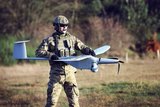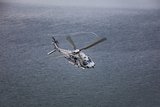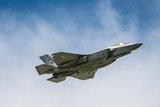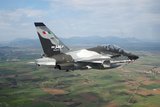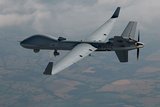How the US Army is preparing its rotary wings fleet for tomorrow’s warfare
The CH-47 Chinook has been the service's only heavy-lift cargo helicopter. (Photo: US Army)
The US Army has been increasing efforts to modernise its rotary-wing fleet and better prepare its helicopters to succeed on the current and future battlefields. Apart from acquiring new platforms, the US has been also improving its in-service platforms.
The approach has involved upgrading its current inventory with advanced sensors, systems and technologies in order to increase crew protection, situational awareness and lethality.
In December 2023, the branch awarded Northrop Grumman a five-year indefinite delivery, indefinite quantity (IDIQ) contract for the initial production units of the AN/APR-39E(V)2 digital radar warning receiver with instantaneous bandwidth and frequency coverage.
Featuring an open
Already have an account? Log in
Want to keep reading this article?
More from Air Warfare
-
![2025 air market review: European defence independence, next-gen tech and export concerns dominate]()
2025 air market review: European defence independence, next-gen tech and export concerns dominate
This year’s (geo)political turmoil has challenged many long-prevailing assumptions, leading to far-reaching consequences for air forces and their supplier bases in industry worldwide – with five key trends in review for 2025.
-
![Portugal signals interest in establishing A-29N final assembly line]()
Portugal signals interest in establishing A-29N final assembly line
As the launch customer for the NATO-configured variant, Portugal also took delivery of the first five A-29N aircraft from its order for 12, placed in 2024.
-
![Leonardo signs contract on Austria’s M-346 aircraft order]()
Leonardo signs contract on Austria’s M-346 aircraft order
The first of the 12 M-346 aircraft are expected to be delivered to the Austrian Air Force by 2028, according to the company.
-
![2025 UAV market review: $7.8 billion in new contracts signed as US leads spending]()
2025 UAV market review: $7.8 billion in new contracts signed as US leads spending
Qatar and Indonesia followed the US’s high spending on new uncrewed aerial vehicle contracts across 2025, while MALE and micro drones and loitering munitions were particularly popular subcategories this year.








